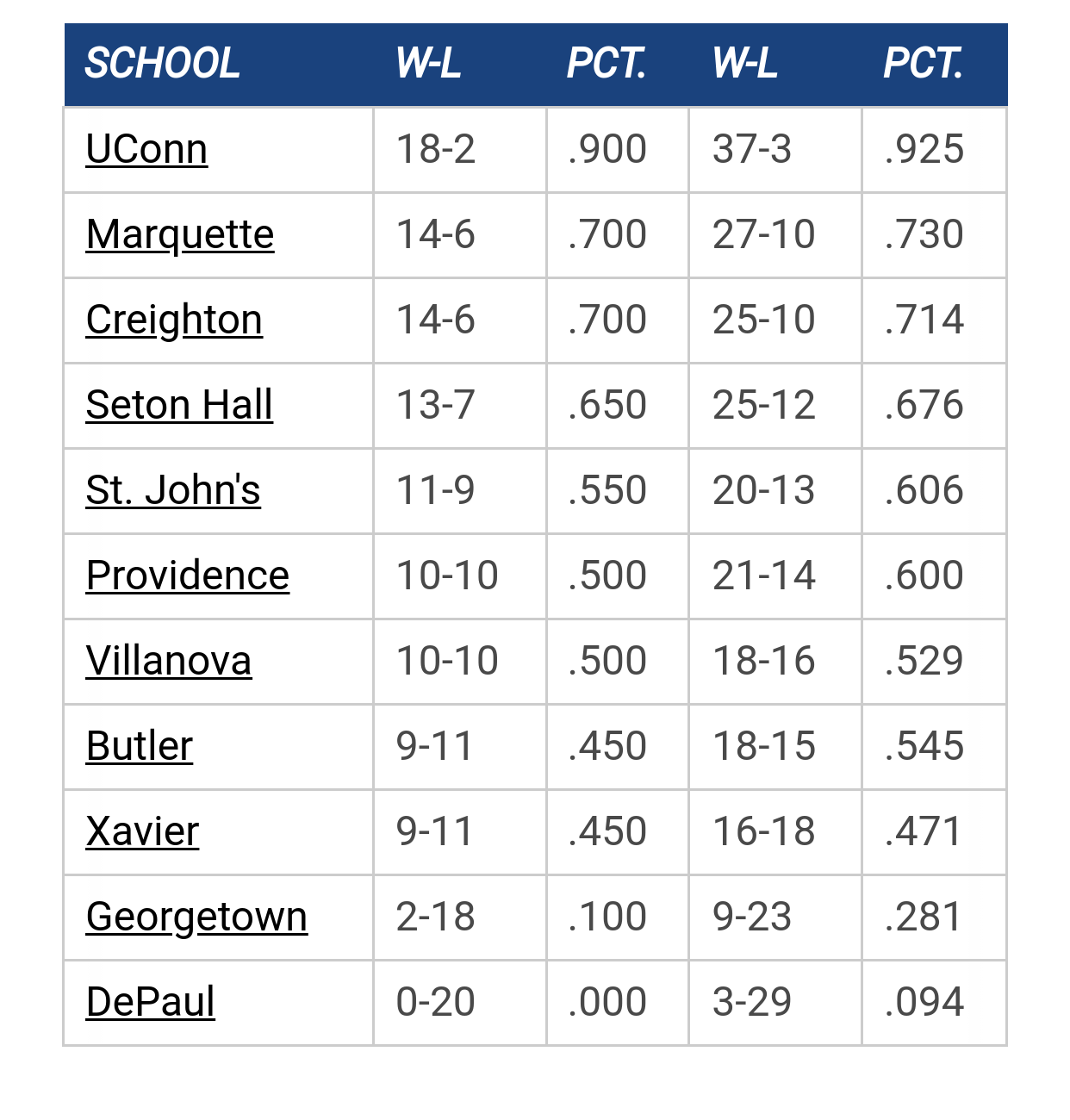- Welcome to MUScoop.
[Paint Touches] Well that sucked (and other thoughts) by PaintTouches
[Today at 11:50:47 AM]
It's one game, but..... by brewcity77
[Today at 11:44:51 AM]
Hoosier beat down by MU82
[Today at 11:38:01 AM]
2025-26 Big East Thread by tower912
[Today at 11:03:08 AM]
Famous Arkansas Little Rock Alumni by MUbiz
[Today at 09:24:08 AM]
2025-26 College Hoops Thread by Mr. Nielsen
[Today at 08:04:48 AM]
2025-26 Big East Conference TV Schedule by Mr. Nielsen
[Today at 07:15:19 AM]
[Today at 11:50:47 AM]
It's one game, but..... by brewcity77
[Today at 11:44:51 AM]
Hoosier beat down by MU82
[Today at 11:38:01 AM]
2025-26 Big East Thread by tower912
[Today at 11:03:08 AM]
Famous Arkansas Little Rock Alumni by MUbiz
[Today at 09:24:08 AM]
2025-26 College Hoops Thread by Mr. Nielsen
[Today at 08:04:48 AM]
2025-26 Big East Conference TV Schedule by Mr. Nielsen
[Today at 07:15:19 AM]
The absolute only thing required for this FREE registration is a valid e-mail address. We keep all your information confidential and will NEVER give or sell it to anyone else.
Login to get rid of this box (and ads) , or signup NOW!
Little Rock Date/Time: Nov 12, 2025, 7:00pm TV: ESPN+ Schedule for 2025-26 |
||||||
User actions


